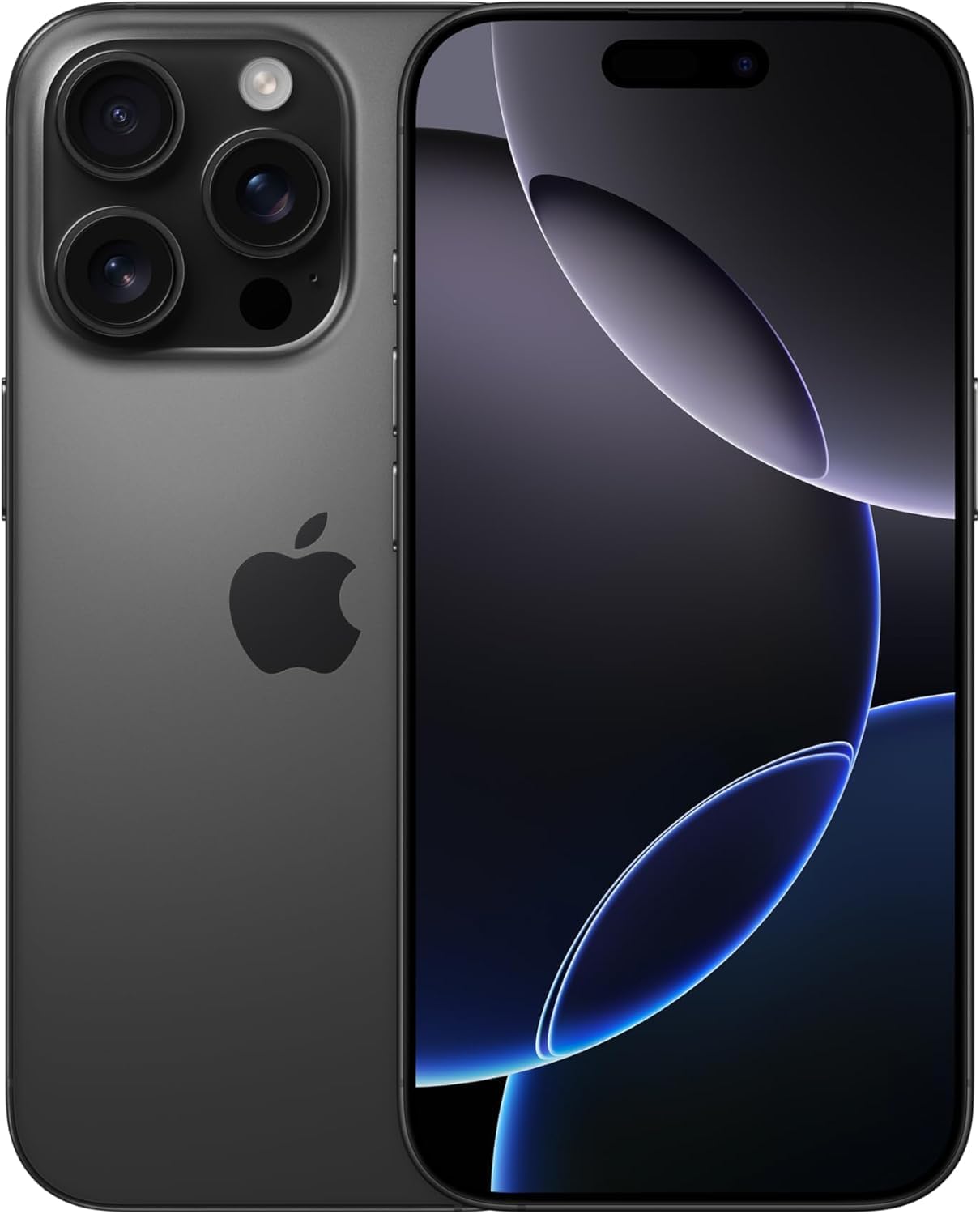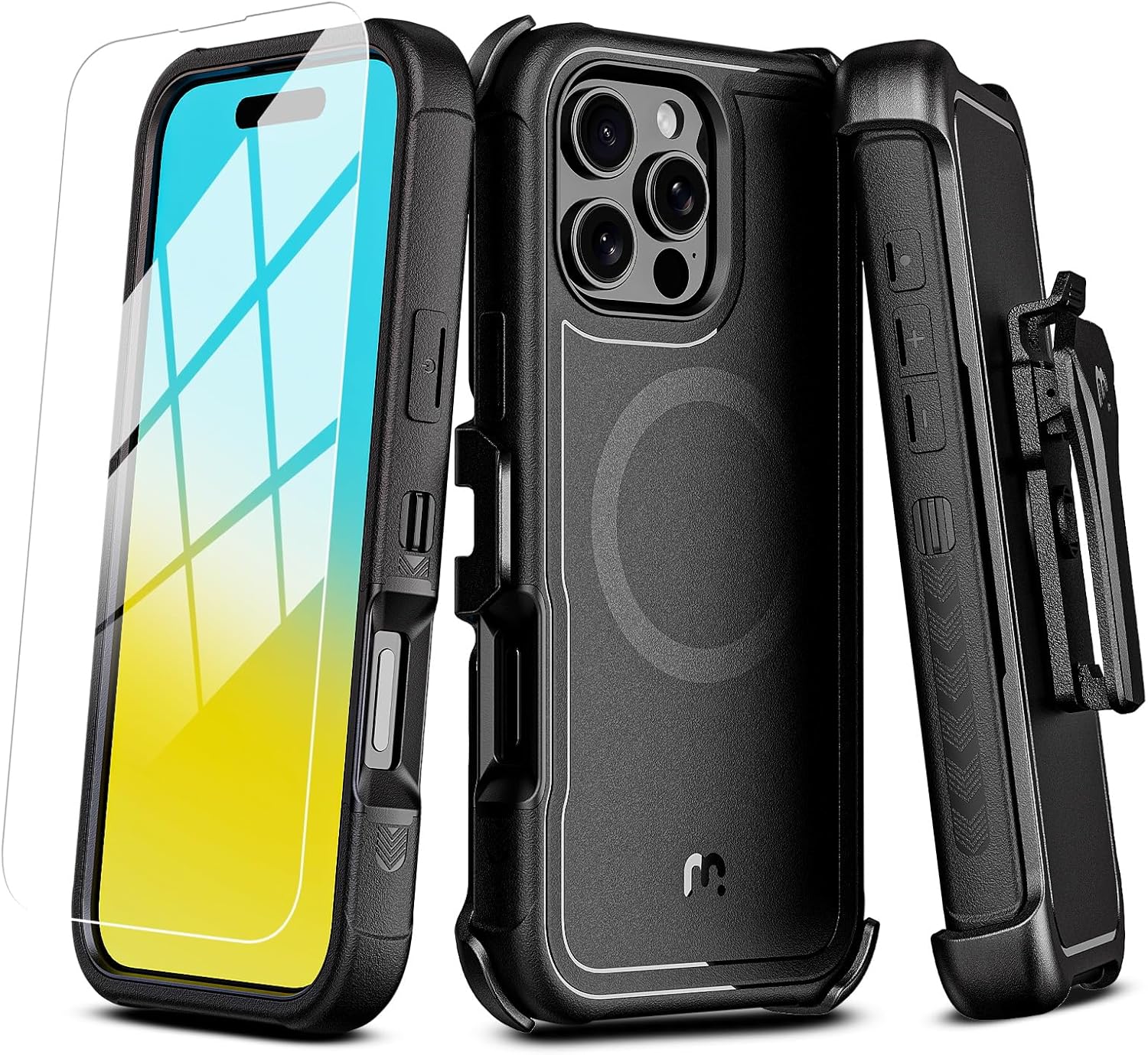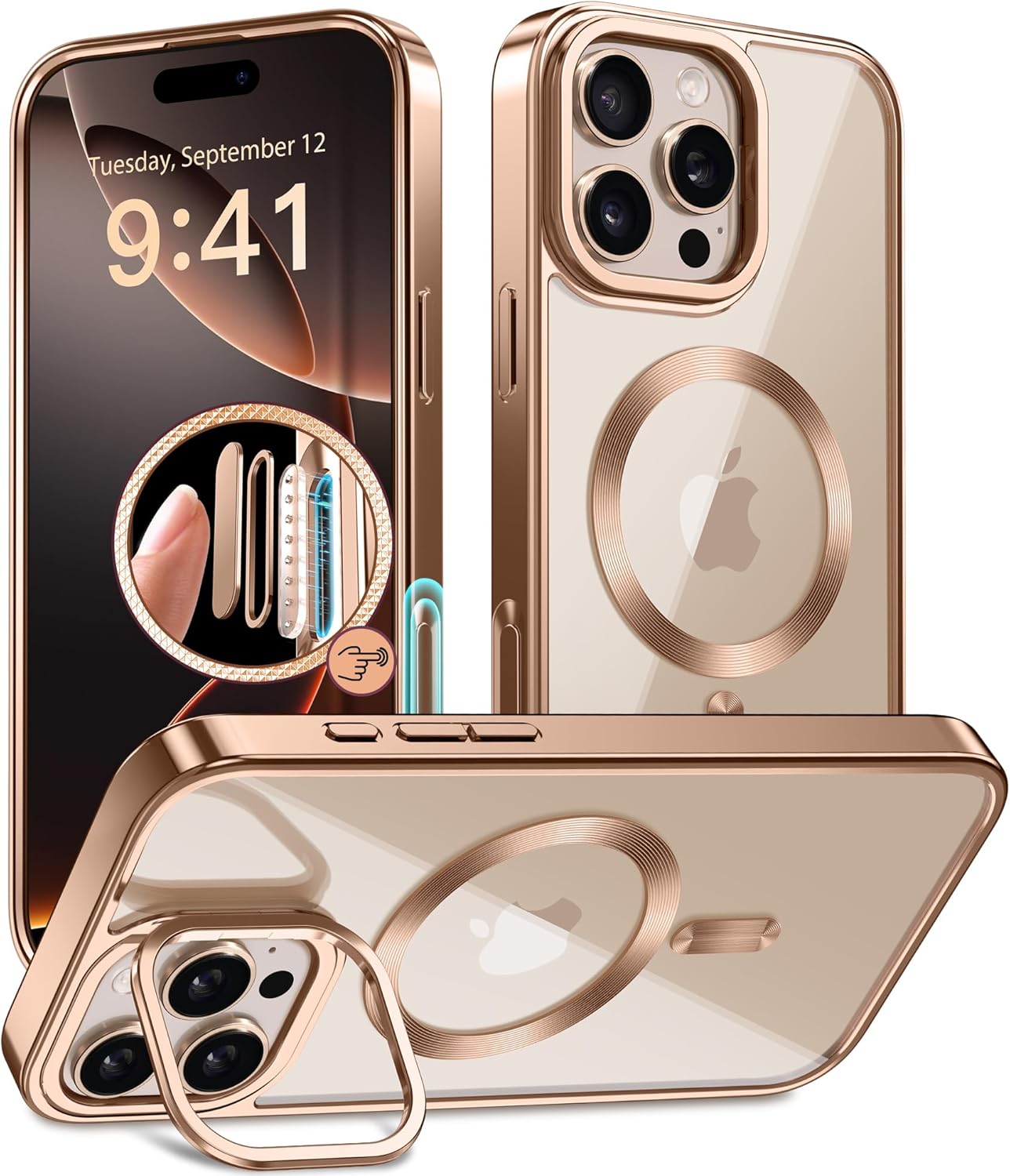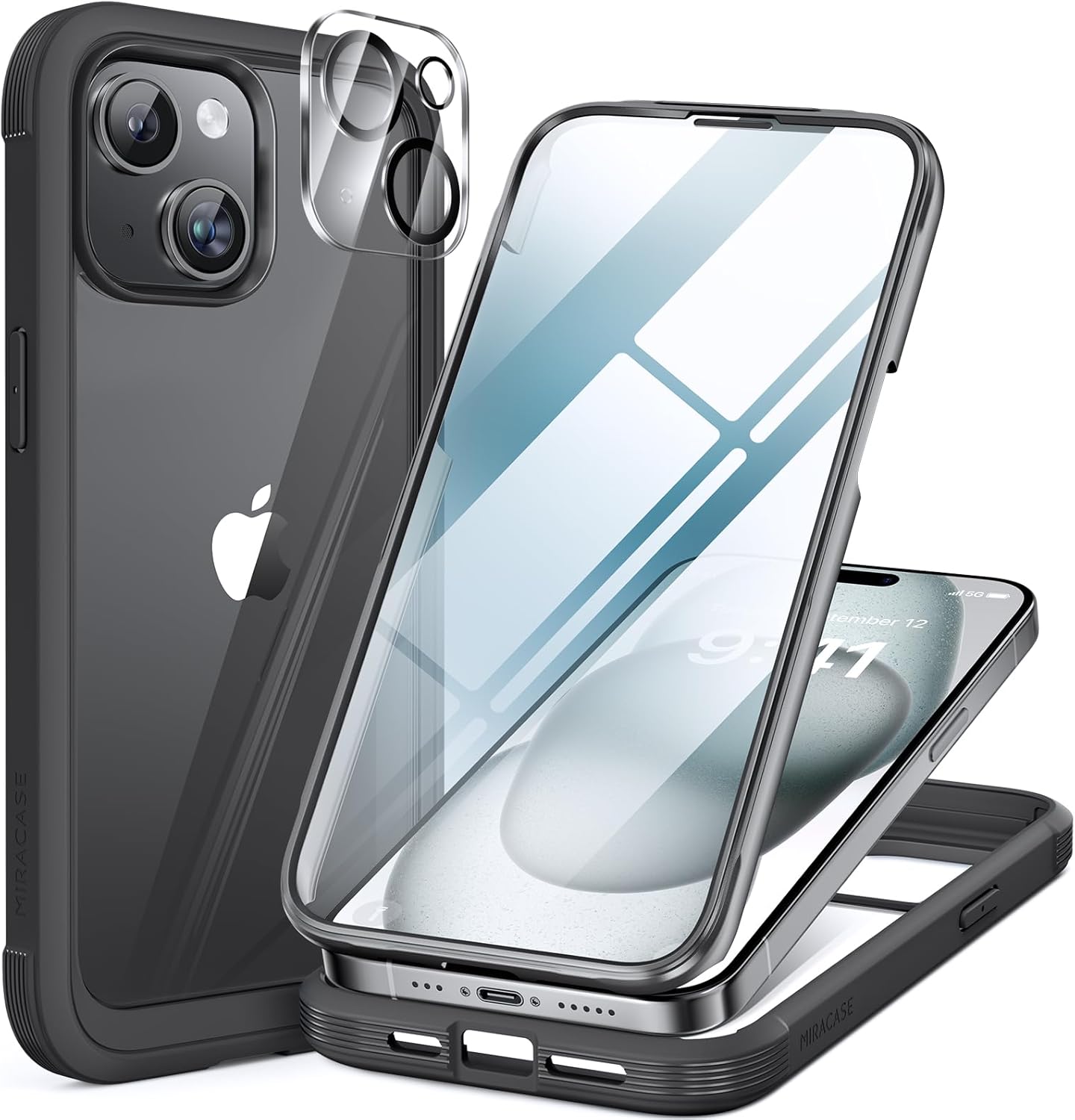🔌 Is Mobile our Loyal Friend or Secret Foe?
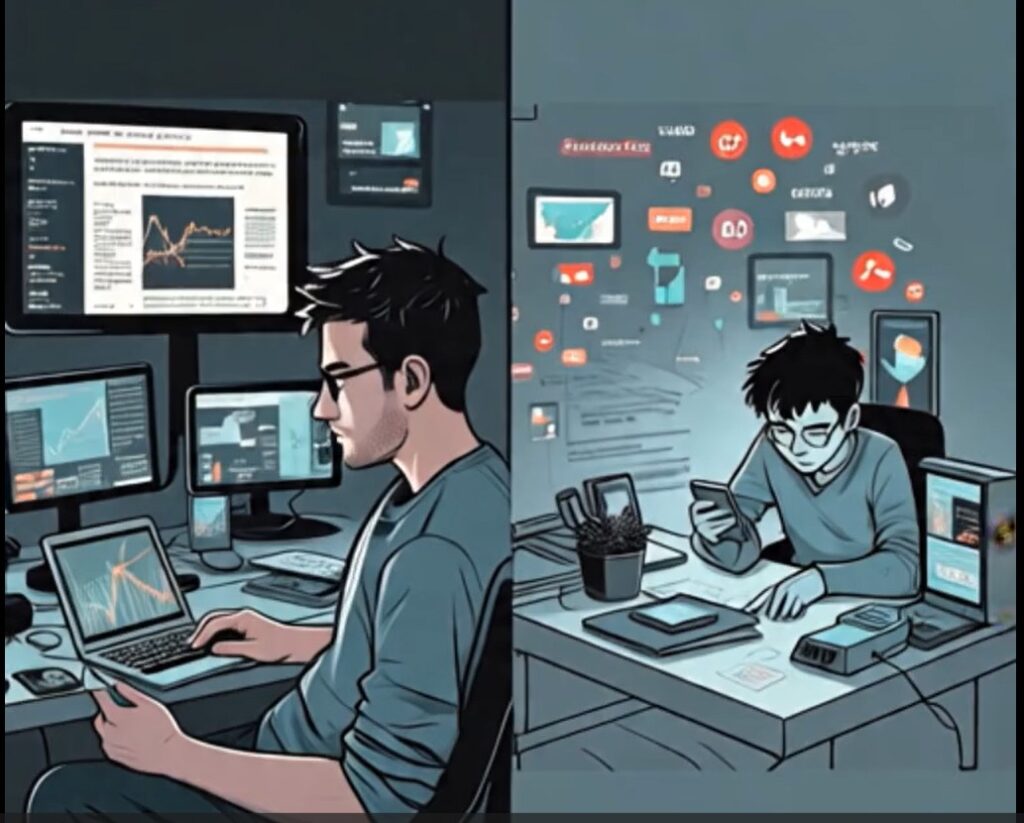
Wake up. Check phone. Scroll. Swipe. Repeat.
In 2025, the average person spends over 4.8 hours a day on their mobile device source. This modern companion follows us from the bathroom to the boardroom, from dawn to deep sleep. But have you ever paused to ask: “Mobile – Earner or Killer?”
In this post, we’ll unpack how smartphones empower millions to earn a living and expand their reach—while simultaneously posing serious risks to our productivity, health, and relationships. Through fresh perspectives and real-life insights, we explore how to tip the scales in our favor.
💰 Mobile as an Earner: The Power to Prosper
1. Democratizing Income Opportunities
From ride-hailing to food delivery, the gig economy thrives because of mobile technology. Apps like Uber, DoorDash, and Swiggy have transformed anyone with a smartphone into a potential entrepreneur.
- 80% of gig workers rely on mobile apps as their primary income source.
- Over 30 million freelancers use mobile platforms globally source.
2. Work from Anywhere
Remote jobs and mobile-first collaboration tools like Slack, Zoom, and Google Workspace have made “office anywhere” a reality. For digital nomads and hybrid workers, a smartphone is often all you need to attend meetings, share updates, and even manage entire businesses.
3. Education and Skill Development
From learning to code to picking up a new language, educational platforms like Duolingo, Coursera, and LinkedIn Learning offer bite-sized courses directly to your pocket. These apps are not just tools of learning—they’re launchpads for new careers.
4. Social Media & Influencer Economy
With the rise of TikTok, Instagram Reels, and YouTube Shorts, content creation has become a viable source of income. Many influencers earn thousands each month through brand deals, affiliate marketing, and direct monetization.
“I started uploading DIY videos on Instagram during the pandemic,” says Neha Jain, a craft artist from Delhi. “Today, I earn more from my phone than I did at my full-time job.”
💀 Mobile as a Killer: The Silent Threats We Overlook

1. Productivity Drain
A RescueTime study reveals that people check their phones over 58 times daily, often unconsciously. While multitasking sounds productive, studies show it reduces efficiency by up to 40%.
- Endless notifications interrupt flow.
- App-hopping leads to digital fatigue.
- Dopamine loops from social media reduce attention spans.
2. Mental Health Crisis
Smartphones contribute to rising anxiety and depression rates, especially among teens and young adults. According to the World Health Organization, excessive screen time and social comparison fuel loneliness and low self-esteem.
- “Phantom vibration syndrome” is now recognized as a tech-related anxiety condition.
- Studies link excessive screen time to insomnia, irritability, and brain fog.
3. Physical Health Deterioration
Our bodies weren’t designed for 5+ hours of hunched-over scrolling. Prolonged phone use leads to:
- Text neck and posture issues
- Blue light disrupting sleep cycles
- Increased sedentary behavior, risking obesity and heart disease
4. Damaged Relationships
Conversations often compete with screens. Termed “phubbing,” phone snubbing diminishes intimacy and trust in relationships. A Pew Research report noted that 51% of partnered adults feel their significant other is distracted by a mobile device when they are together.
🤔 Table: The Double-Edged Nature of Mobile Phones
| Dimension | As an Earner 💰 | As a Killer 💀 |
|---|---|---|
| Work | Freelancing, gig economy, remote jobs | Distractions, loss of focus, deadline misses |
| Finance | Mobile banking, trading, crypto, side hustles | Impulse buying, scams, financial stress |
| Health | Health apps, fitness tracking, mental support | Eye strain, anxiety, posture issues |
| Learning | Online courses, knowledge apps | Surface-level understanding, low retention |
| Relationships | Long-distance connectivity, shared apps | Emotional disconnect, screen addiction |
🔍 The Middle Path: Smart Habits for Smart Devices
The mobile phone isn’t inherently good or bad. It’s a tool. And like any tool, its value depends on how we use it.

📅 Set Boundaries
- Designate screen-free zones: dining tables, bedrooms, restrooms.
- Use Focus Mode or apps like Forest to limit distractions.
📊 Track Usage
- Install digital well-being apps like RescueTime or Moment.
- Review weekly screen time and app usage reports to stay accountable.
🧠 Be Intentional
- Choose content that aligns with your goals.
- Avoid mindless scrolling—ask yourself: “Is this adding value to my day?”
💼 Maximize the Earn
- Monetize your skills: Teach, consult, or freelance using apps like Upwork and Skillshare.
- Leverage mobile tools for budgeting, investing, and side gigs.
🚀 My Journey: A Personal Wake-Up Call
A year ago, I was waking up to Instagram, checking emails during meals, and sleeping to YouTube autoplay. I convinced myself that I was “working.” In truth, I was stuck in a loop of busyness without productivity.
Everything changed when I tried a simple experiment: no phone for the first and last hour of the day. Within a week:
- I was sleeping better
- Writing more
- Actually listening during conversations
My phone didn’t lose its value. It gained it—because I was finally using it as a tool, not letting it use me.
✨ Conclusion: Who Holds the Power?
So, is mobile an earner or a killer?
The answer is: It’s up to you.
Mobile phones can generate income, unlock education, and connect the world—but they can also distract, damage, and destroy if left unchecked. The real challenge isn’t the phone. It’s our relationship with it.
💬 Call to Action
Are you using your mobile to build or to escape?
Share your thoughts in the comments, and don’t forget to:
- ✉️ Subscribe for more digital wellness tips
- 📲 Share this article with a friend who’s always online
- 📅 Try a one-day phone detox and share your experience with us!
Let’s master our mobiles—before they master us.


